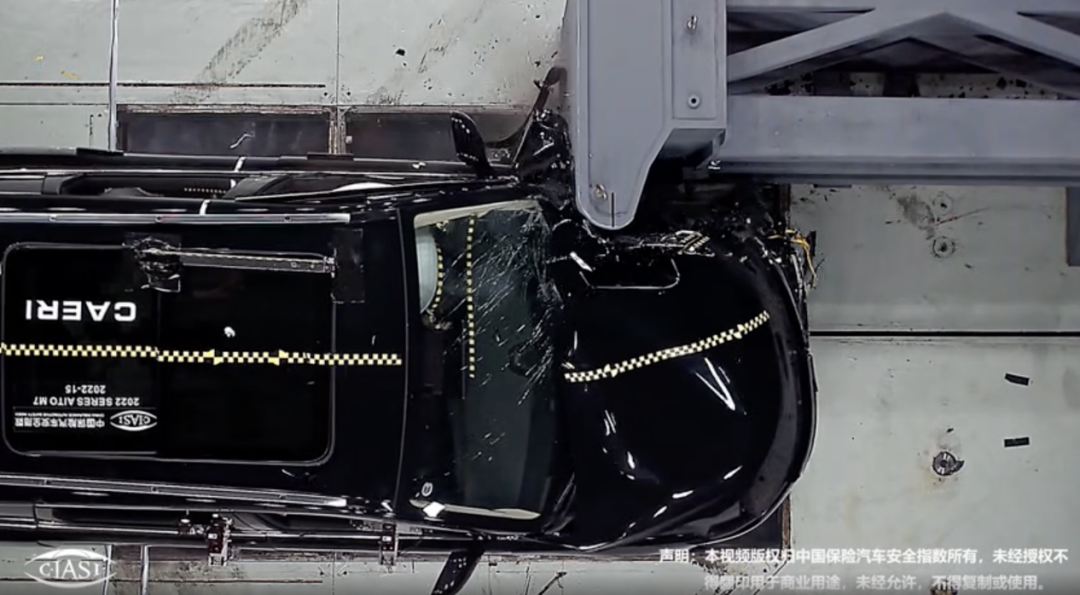Author: Zhang Xianglong
Some cars are popular in every way, such as the Wanjie M7.
A few days ago, the results of the national postgraduate entrance exam were released, and everyone cheered for the excellent performance of domestic brand cars. Gradually, someone discovered a “black sheep.”
The A-pillar of the Wanjie M7 seems to perform poorly in 25% offset collisions and bends.
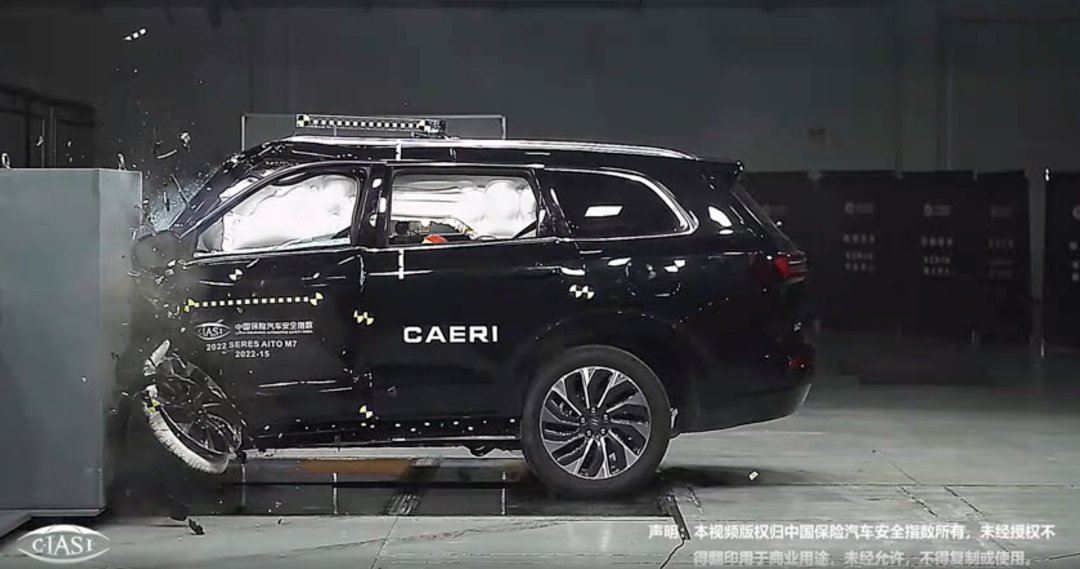
The A-pillar has bent! Thanks to Sartre’s phenomenal performance in the past, even the security guard at the entrance of our community knows how big a deal it is for the A-pillar to bend.
Once the A-pillar bends, the passenger compartment is behind it. Can the safety of the passengers be guaranteed?
According to the final evaluation results of 14 models released by the National Postgraduate Entrance Examination this time, except for Euler Good Cat, all other models scored “G,” the highest rating, on the passenger safety item, including the Wanjie M7.
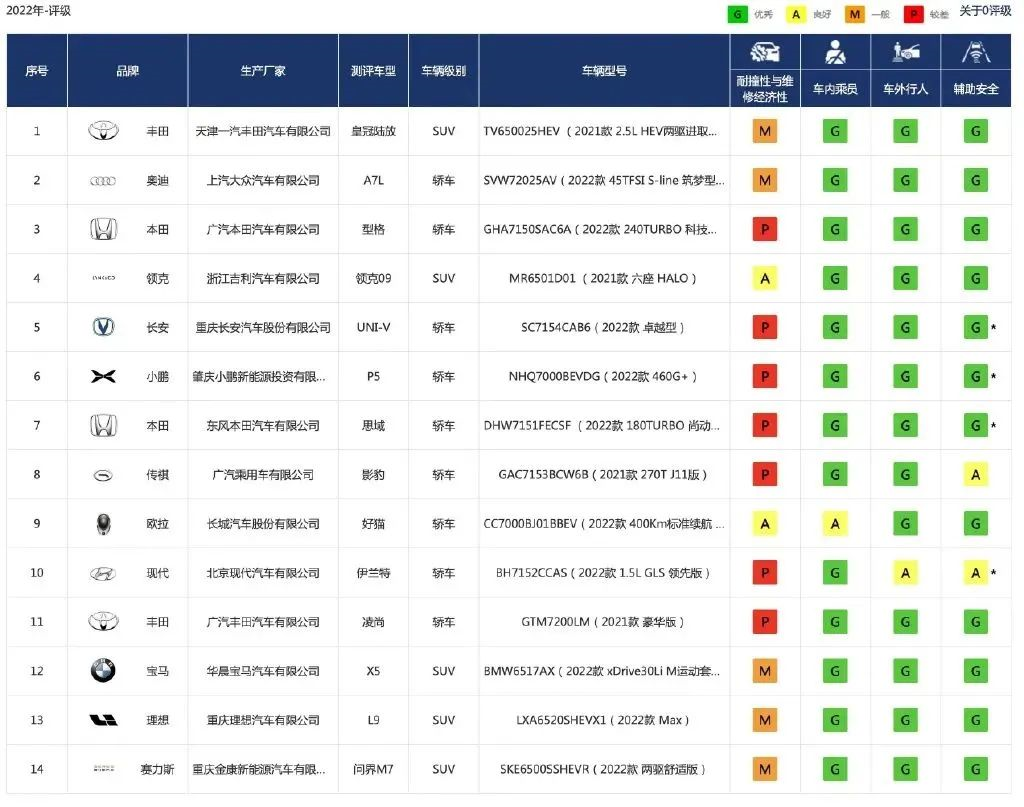
However, the difference between the Wanjie M7 and other models tested in the detailed evaluation is evident. Of course, Euler Good Cat’s performance in this area was even worse.
However, Euler Good Cat has a lower price and level. Compared to that, the Wanjie M7 sells for 300,000 RMB and cannot handle the body strength issue properly, which is not satisfactory.
Passenger safety evaluation includes several separate testing items such as 25% offset collision, crash test, and roof strength.
Among them, the Wanjie M7 did not achieve excellent ratings in two of the detailed evaluation items: 5% offset collision and side collision, both of which are critical areas.
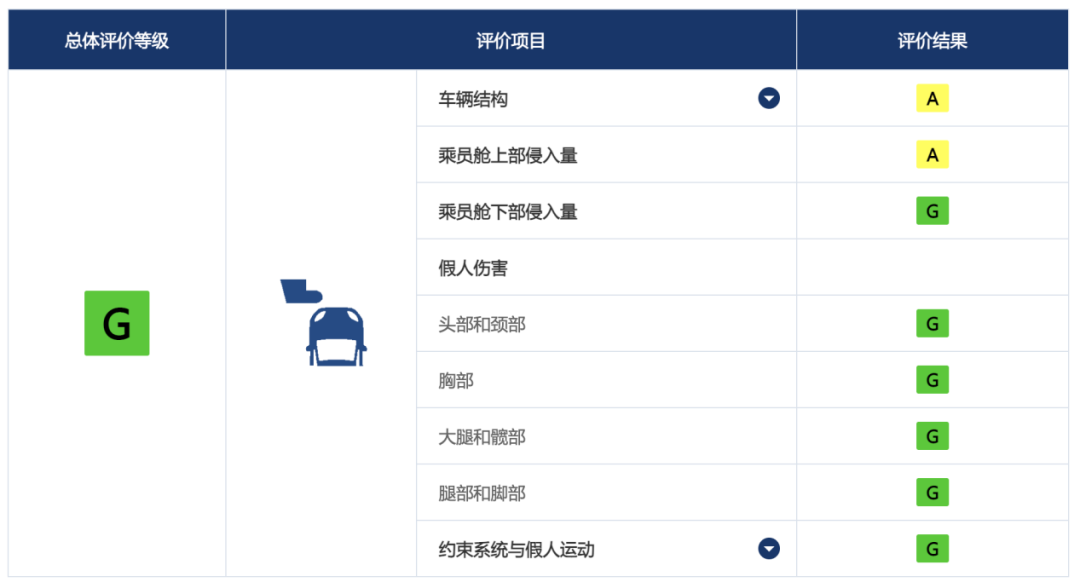
The intrusion score of the upper part of the passenger compartment of the WEY M7 in the 25% partial offset collision is rated as A, as well as the score for vehicle structure and body protection in the side impact collision, both of which are not the best rating.
In fact, among the 14 models involved in this collision, many domestic brands did not receive a “G” rating for all evaluation items. For example, the WEY M7, the Xpeng P5, and the Changan UNI-V.
However, if we compare it with similar products of the same level, the difference of the WEY M7 can be seen, such as the Lynk & Co 09 and the NIO ES8.
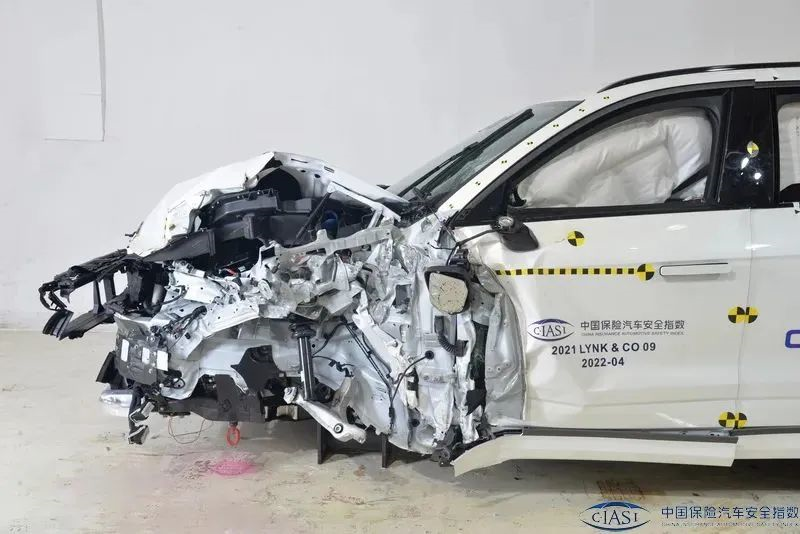
First, in the 25% partial offset impact, both the NIO ES8 and the Lynk & Co 09 have a “G” rating, which is excellent.
Similarly, in the side impact collision, both the NIO ES8 and the Lynk & Co 09 have a “G” rating. In the side impact collision, the significant difference between the NIO ES8, the Lynk & Co 09, and the WEY M7 is the intrusion of the vehicle body structure.
The impact forces applied to the B-pillar will compress the passenger’s safe space. An essential evaluation criterion for this is the distance between the B-pillar and the driver’s seat midpoint. The farther the distance is, the smaller the intrusion of the passenger’s safe space is, and the higher the score is.
Comparing the side impact performance of the NIO ES8, the Lynk & Co 09, and the WEY M7.
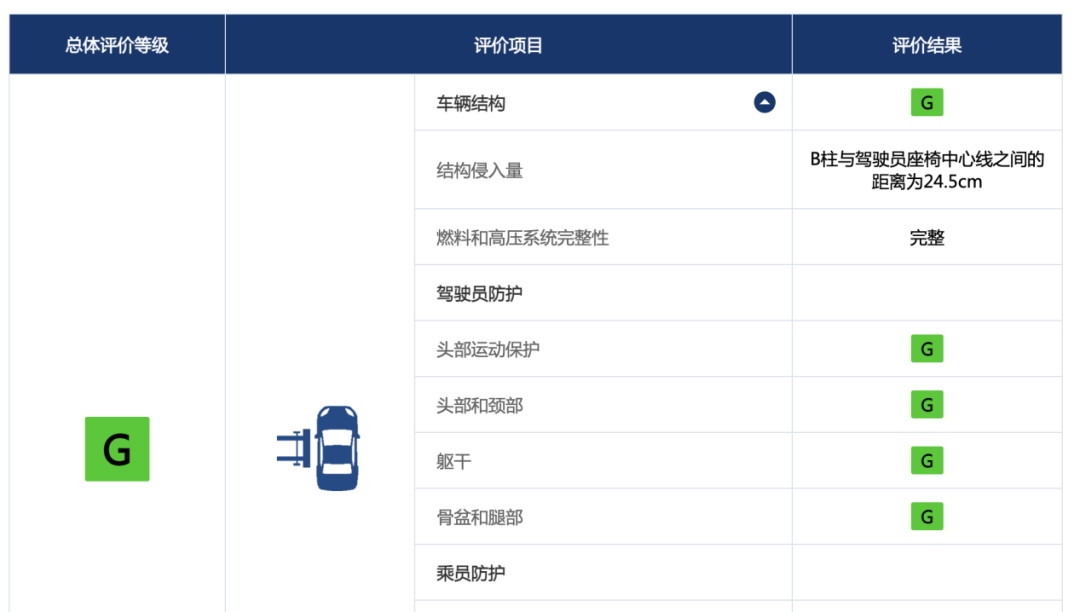
The distances between the B-pillar and the driver’s seat midpoint after side impact are 25cm and 24.5cm for the NIO ES8 and the Lynk & Co 09, respectively, with little difference between them.
However, the distance between the B-pillar and the driver’s seat midpoint after side impact on the WEY M7 is only 14.5cm, and the passenger’s lateral safe space is invaded by an additional 10cm, which is a significant difference.

Like the previous tests, this time, two joint venture SUVs, BMW X5 and Toyota Crown Land Cruiser, were tested for 25% partial and side collision testing, and they both received a “G” rating.
However, considering the test results of Question M7 in a 25% partial collision, not all of them received a “G” rating, and the A-pillar had a visible bend, which, to be honest, has been criticised in public opinion.
Regarding the collision test of Question M7, a blogger certified as a “Huawei Smart Car Solution Engineer” has already responded on the Internet.

The Huawei engineer said, “The A-pillar deformation in a frontal 25% partial collision does not mean poor safety, and A-pillar deformation does not mean A-pillar fracture. Fracture and deformation are completely different concepts.”
So, does A-pillar deformation really mean less safety? Apparently, not necessarily, but this premise is based on the evaluation system of China Automotive Technology & Research Center (CATARC).
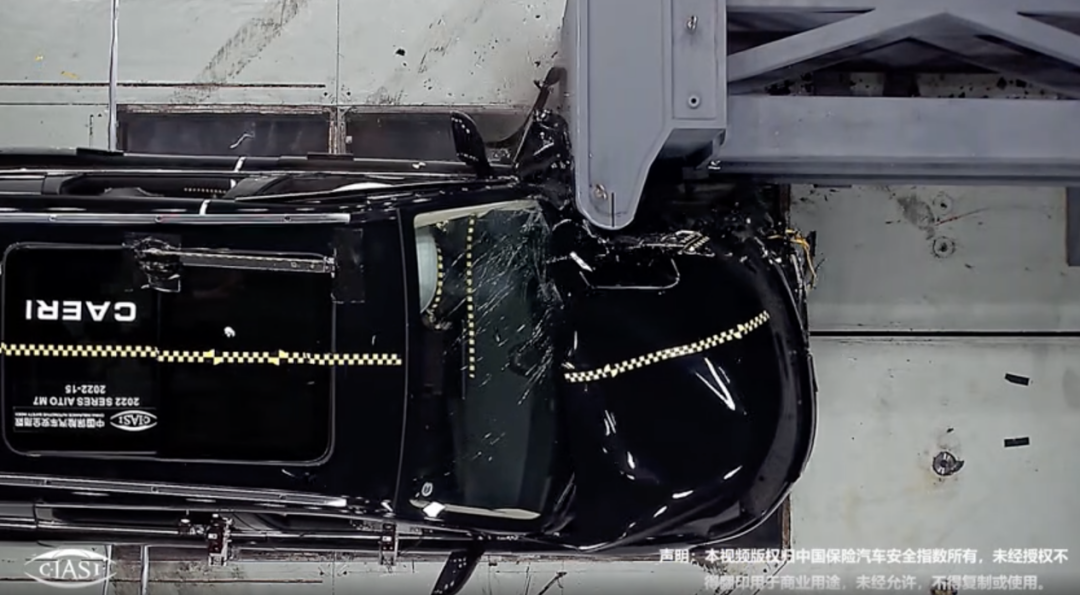
After all, CATARC’s 25% partial collision test was conducted at a speed of about 65 km/h, but daily driving is not a collision test, and its speed is much higher than 65 km/h.
If the A-pillar bends in a 65 km/h partial collision, the higher speed may have an impact on the safety of the passenger compartment related to the A-pillar?
This article is a translation by ChatGPT of a Chinese report from 42HOW. If you have any questions about it, please email bd@42how.com.
